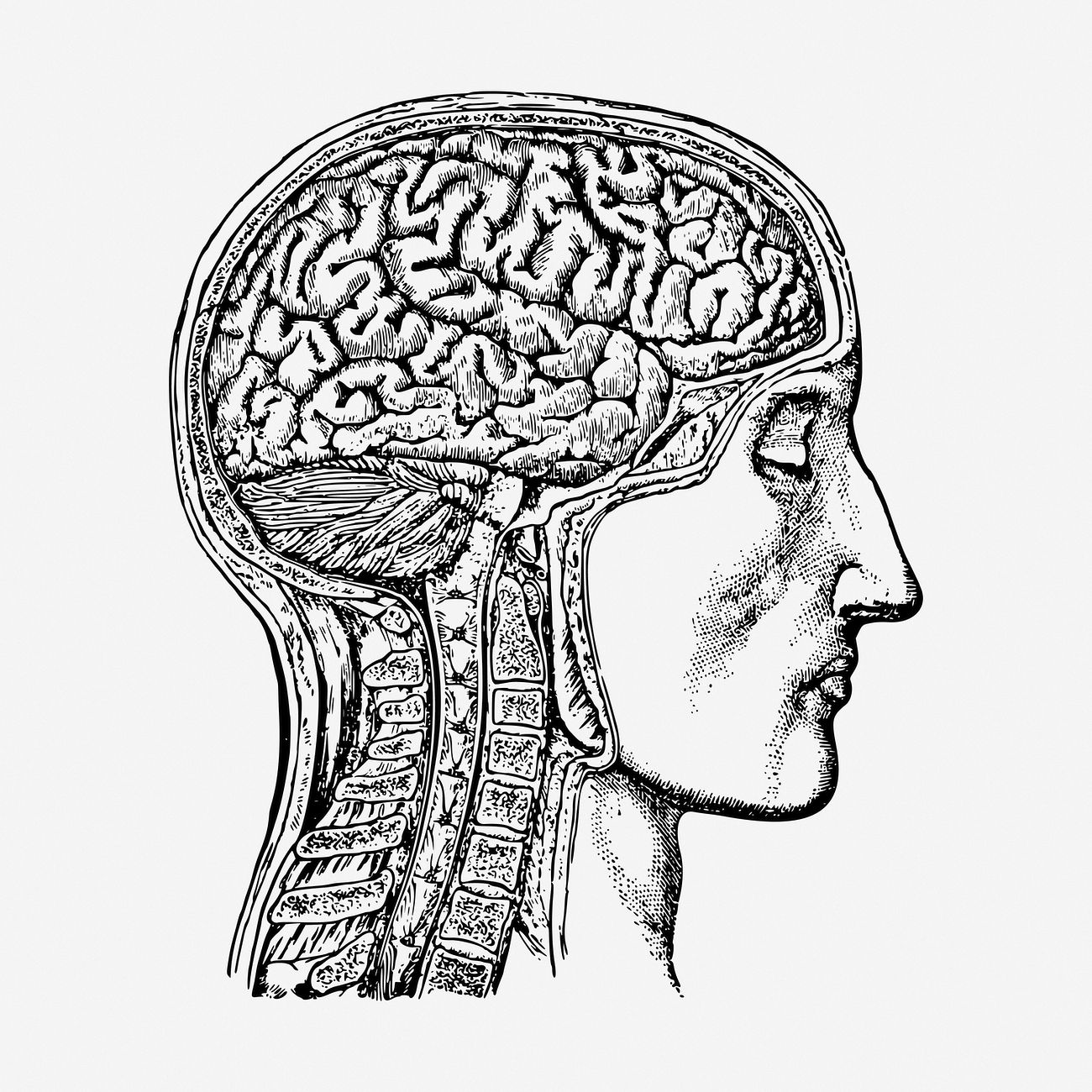Brain Tumor .. A Very Simplified Guide 2023
Brain tumor is a medical condition that refers to the abnormal growth of cells in the brain. This can lead to a wide range of symptoms such as headaches, seizures, and difficulty with coordination and balance. While the causes of brain tumors are not fully understood, there are several risk factors that can increase your likelihood of developing one.
In this article, we will discuss brain tumors in a simple and easy-to-understand way. We will cover the various types of brain tumors, their causes, symptoms, and treatment options. It is important to note that early diagnosis and treatment are essential for improving the chances of a successful outcome.

About Brain Tumor
A brain tumor is a mass of cells that grow abnormally in the brain or skull. There are two categories of brain tumors: primary and secondary. Primary brain tumors begin in brain tissue, while secondary brain tumors spread to the brain from a different part of the body. Symptoms of a brain tumor may include headaches, vomiting, new onset seizures, weakness involving one side of the body, trouble speaking, changes in vision or abnormal eye movements, memory or personality changes, and ringing or hearing loss in one ear. Diagnosis often involves a medical history and a neurological exam, as well as imaging tests like a computed tomography (CT) scan, magnetic resonance imaging (MRI), or positron emission tomography (PET) scan. Treatment depends on the tumor’s size, location, and type, and may include surgery, radiation therapy, and chemotherapy.
Causes of Brain Tumor
Brain tumors are a serious medical condition that can be caused by a variety of factors. Symptoms of a brain tumor include headaches, vomiting and nausea, seizures, weakness on one side of the body, trouble talking or changes in speech, loss of coordination, changes in vision or abnormal eye movements, and memory or personality changes. The causes of brain tumors can be genetic, environmental, or related to lifestyle factors. Here are some of the most common causes of brain tumors:
– Genetic factors: Some tumors are caused by inherited genetic mutations. For example, people with neurofibromatosis type 1 or type 2 are at greater risk for developing brain tumors.
– Environmental factors: Exposure to certain chemicals, such as pesticides or industrial solvents, may increase the risk of brain tumors. Radiation exposure, particularly in childhood, is also a risk factor.
– Lifestyle factors: There is some evidence to suggest that cell phone use may increase the risk of brain tumors, particularly in children. Smoking and alcohol use may also be risk factors.
– Other medical conditions: Certain medical conditions, such as HIV/AIDS, may increase the risk of brain tumors.
While brain tumors can occur at any age, they most commonly affect adults between ages 40 and 70 and children between ages 3 and 12. Secondary tumors, which spread to the brain from other parts of the body, are more common than primary tumors. Treatment for brain tumors may include surgery, radiation therapy, and chemotherapy. The specific treatment plan depends on the tumor’s size, location, and type, as well as the patient’s age and overall health. When possible, surgery is typically the preferred treatment option. With prompt diagnosis and appropriate treatment, many people with brain tumors can experience improved quality of life and extended survival.
How is Brain Tumor Diagnosed?
A brain tumor is a mass of abnormally growing cells in the brain or skull that can be either benign or malignant. Its symptoms can include headaches, vomiting and nausea, new onset of seizures, weakness, trouble talking or changes in speech, loss of coordination, changes in vision or abnormal eye movements, memory or personality changes, ringing and hearing loss in one ear. The specific symptoms vary depending on the size and location of the tumor. The process of diagnosis often begins with a medical history and neurological exam, followed by imaging tests such as CT scans, MRI scans, or PET scans. A lumbar puncture or biopsy may also be necessary in some cases. Treatment options may include surgery, radiation therapy, chemotherapy or a combination of these. It is important to accurately diagnose the tumor to determine the most effective treatment plan.
– Diagnostic tests for brain tumors include a medical history and neurological exam, imaging tests, a lumbar puncture, and a biopsy.
– Imaging tests such as CT and MRI scans are commonly used to diagnose brain tumors. CT scans use x-rays to create cross-sectional images, while MRI scans use a powerful magnet, radio waves, and a computer to create pictures of the brain. PET scans can help identify areas where cells are consuming a lot of glucose and may be used to diagnose secondary brain tumors.
– A lumbar puncture involves taking spinal fluid from the lower back with a needle to check for signs of infection or cancer cells. A biopsy involves removing a small piece of tumor tissue before diagnosing the cancer.
– Limitations of these methods include the need for further testing to confirm the presence of a tumor and the potential for false positives or false negatives.
– The accuracy of each method varies depending on the size and location of the tumor. For example, CT scans may be more accurate for identifying skull-based tumors, while MRI scans are better at identifying tumors in the brain tissue itself. Biopsies provide the most accurate diagnosis but are the most invasive.
– When determining which diagnostic method to use, factors such as patient preference, accessibility, and availability of equipment must be taken into account.
– Accurate diagnosis is critical to determine the best course of treatment for the tumor, which may include surgery, radiation therapy, chemotherapy, or a combination of these. If a tumor cannot be removed surgically, radiation therapy may be the preferred treatment option.
Should i meet a doctor regarding Brain Tumor?
It is important to see a doctor if you suspect that you may have a brain tumor. Symptoms such as new onset of seizures, weakness on one side of the body, trouble talking, abnormal eye movements, or memory and personality changes are all red flags that warrant a visit to a doctor. Additionally, someone with no history of headaches who develops them should be seen by a doctor, as headaches from a brain tumor tend to be worse upon waking and ease during the day.
If you are concerned that you may have a brain tumor, it is important to take action as soon as possible. Use the checklist below to determine if your symptoms warrant a visit to the doctor:
– New onset seizures
– Weakness on one side of the body
– Trouble talking or change in speech
– Abnormal eye movements
– Memory or personality changes
– Ringing and hearing loss in one ear
– Headaches with no prior history that are worse upon waking and ease during the day
If any of these symptoms are present, it is important to see a doctor as soon as possible. Delaying medical attention can lead to the tumor worsening and causing long-term damage. Remember, early detection and treatment can make a significant difference in prognosis. If you are worried about any of these symptoms, please see a doctor right away.
References
American Cancer Society (ACS)
http://www.cancer.org/
American Brain Tumor Association
http://hope.abta.org
National Cancer Institute (NCI)
http://www.nci.nih.gov/
National Brain Tumor Society
http://www.tbts.org/
Always check with your healthcare provider to ensure that the information on this page applies to your specific situation.







